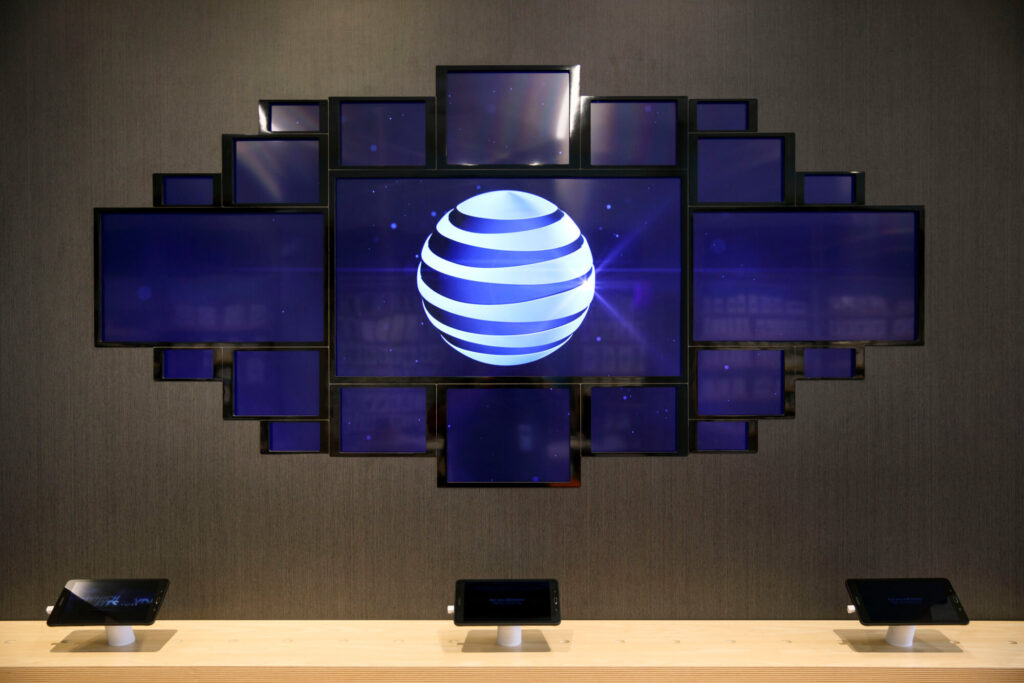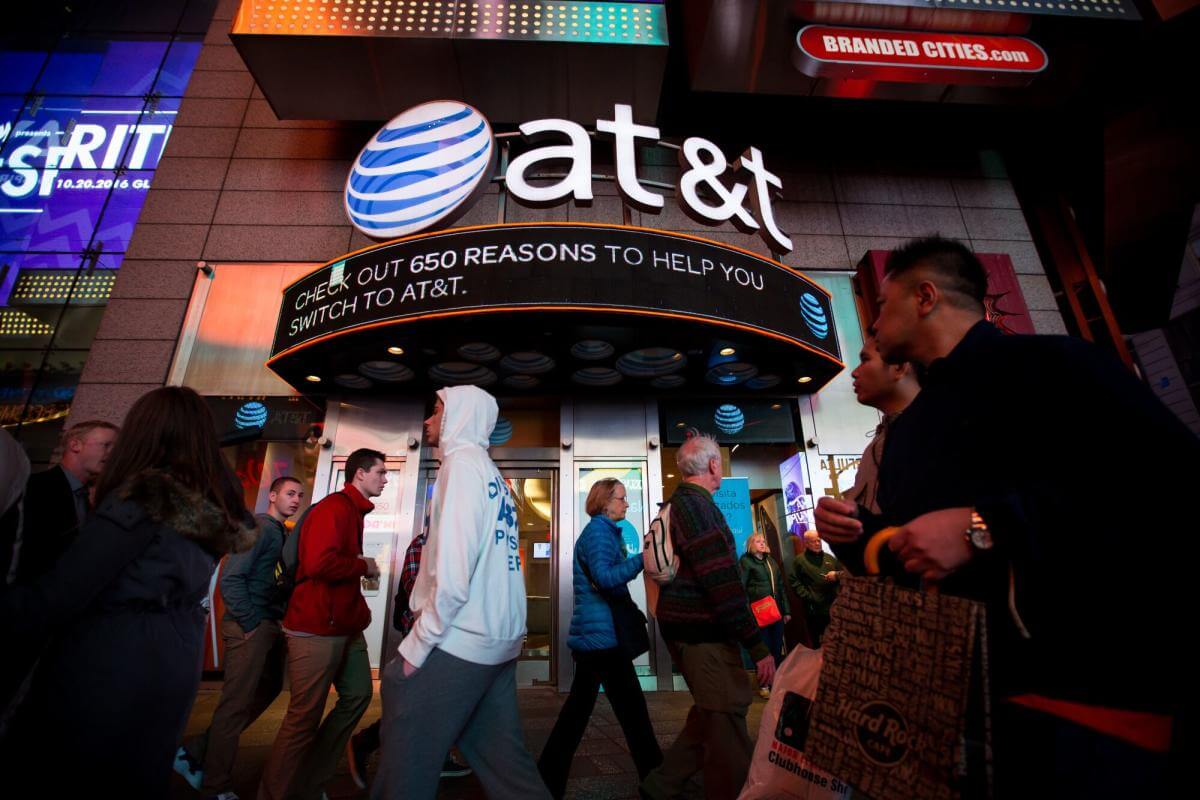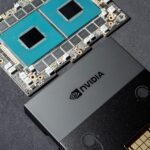AT&T Inc. is set to engage Ericsson AB in a comprehensive overhaul of its US wireless network, with the project estimated to reach nearly $14 billion over the next five years. This move is a substantial win for Ericsson, as it already manages approximately two-thirds of AT&T’s US network. The decision comes at the expense of rival Nokia Oyj, which had a one-third share of AT&T’s business. This development further challenges Nokia, as the Finnish company had already announced job cuts in October amid broader challenges in its 5G infrastructure business.
Following speculation that Nokia could be ousted from AT&T’s 5G equipment vendor list, Nokia experienced a 9.3% decline in US postmarket trading. In contrast, Ericsson’s shares rose 4.6% late Monday in New York.
As part of the deal, Ericsson will lead the construction of AT&T’s network using open architecture, enabling various vendors to compete for supplying components. This approach deviates from the conventional structure, where most networks are bound to a single manufacturer.

Chris Sambar, Executive Vice President of AT&T Network, emphasized the advantages of open architecture, stating, “You get more creativity” and highlighting the increased flexibility in the network.
Ericsson’s CEO, Borje Eckholm, described the agreement as a “strategic industry shift,” anticipating it to pave the way for “new ways for operators to monetize the network.” Nokia chose not to comment on the matter.
Under this arrangement, AT&T expects competition among suppliers for various network components, including base stations, antennas, and connections. This effort positions AT&T, headquartered in Dallas, as a US leader in commercial-scale open radio access network technology, commonly known as Open RAN.
Having multiple suppliers enhances flexibility, reduces costs, and mitigates dependence on non-US vendors flagged as security risks, such as Huawei Technologies Co., as per US officials.
AT&T, the third-largest mobile provider in the US, foresees the revamped network enabling the swift adoption of the next generation of wireless technology. The benefits include lower-power, sustainable networks with superior performance, as outlined in the company’s statement.









